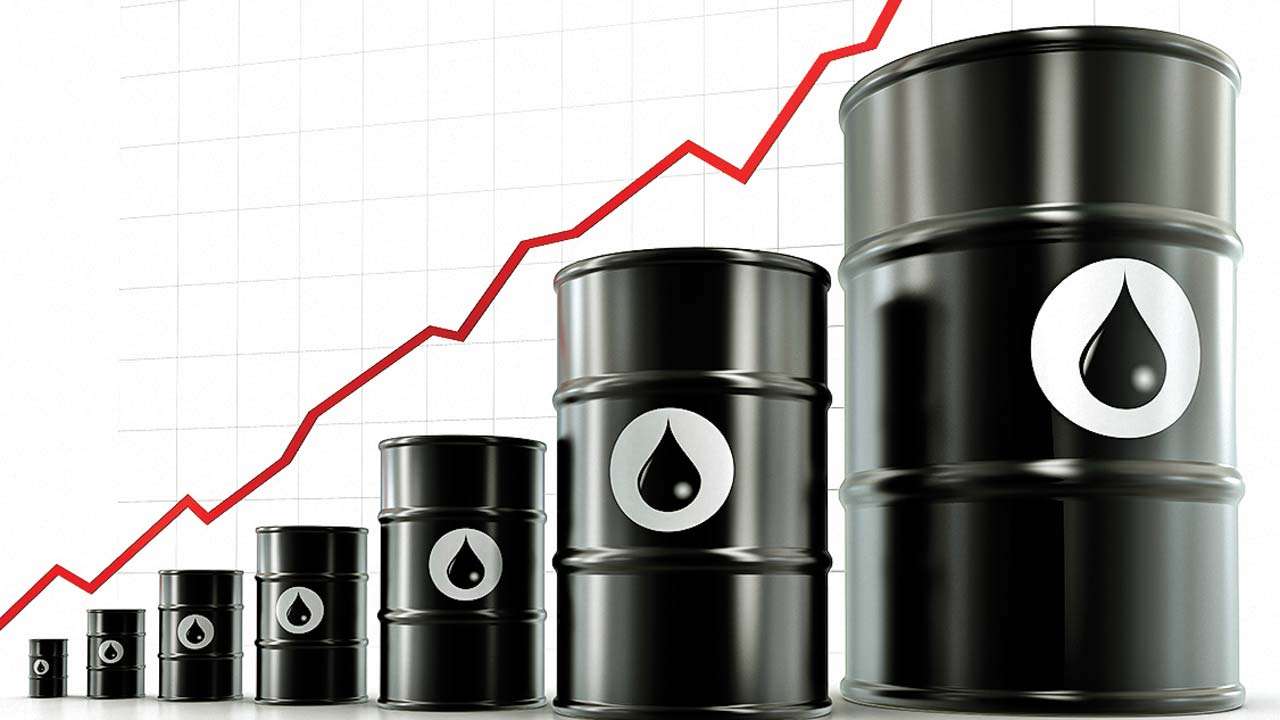
In December 2015, the United States (US) lifted the 40-year-old ban on oil export which opened up avenues for India to capitalise on the opportunities to import oil from the US. Indian Oil Corporation Limited (IOCL), Bharat Petroleum Corporation Limited (BPCL), and Hindustan Petroleum Corporation Limited (HPCL) placed orders to the tune of 7.85 million barrels (1.15 million tonnes, MT) of crude oil.
The imported US crude was to be processed in refineries located at Paradip, Haldia, Baruni, Bongaigaon, Kochi and Vizag. On October 1, 2017, IOCL became the first public sector refiner to receive 1.6 million barrels (0.233 MT) of US crude at Paradip in Odisha. Soon, BPCL and HPCL are expected to receive 2.9 million barrels (0.45 MT) and 1 million barrels (0.146 MT) of US crude for Kochi and Vizag refineries respectively.
Refineries are importing both sweet and sour US crude. Reliance Industries Ltd (RIL), the world’s largest refinery, bought one million barrels (0.146MT) of West Texas Intermediate Midland crude and Eagle Ford crude for November 2017 delivery.
The demand for crude oil in India increased from 203 MT in 2015-16 to 214 MT in 2016-17, registering a growth rate of 5.5 per cent compared to the global average growth of 1.6 per cent. Indian modern refineries are capable of handling a complex mixture of crude including sour and heavy crude, which offers these refiners opportunities to be globally competitive. Therefore, Indian refiners are consciously scouting for multiple sources to optimise refinery productivity.
India is vigorously expanding LNG, natural pipelines, and the city gas distribution infrastructure. Expansion of the natural gas market means higher import of natural gas, and the US emerges as a viable alternative to the most preferred supplier such as Qatar. GAIL (India) Limited (GAIL) has already made a contract with Cheniere Energy, USA to buy 3.5 MT/annum of liquefied natural gas (LNG) for 20 years. The first contract of LNG is expected by January 2018.
India’s move to import crude oil and LNG from the US is bound to reduce the US-India trade deficit of $19.9 billion in 2016-17, which may please the Trump administration. Indo-US oil diplomacy may prove beneficial for both the countries in the long-run.
India’s crude import from Nigeria dropped from 27.9 MT in 2015-16 to 17.7 MT in 2016-17, around 23 per cent drop. On the contrary, during the same period, import from Iran jumped from 13.6 MT to 27 MT, registering close to 100 per cent growth; making it the third largest supplier after Saudi Arabia (39.3 MT) and Iraq (37.75 MT). During April-August 2017, India’s top importers were Iraq, Saudi Arabia, Iran, Venezuela, Nigeria and UAE. Although the quality of crude is good in Nigeria, security concerns and political uncertainty influenced India’s quest for alternative sources of crude supply. The government strategically wants to diversify crude oil import sources to reduce over-dependence on a few Organization of the Petroleum Exporting Countries (OPEC).
Currently, 86 per cent crude oil, 75 per cent gas and 95 per cent LPG is imported from OPEC, and India is reviewing its fossil fuel import strategy; especially with suppliers from the Middle East. India has been constantly pushing for a discount instead of ‘Asian Premium’ charged by the OPEC, with Petroleum Minister Dharmendra Pradhan pressing for ‘Asian Dividend’. The Wall Street Journal (2010) reported that the ‘Asia Premium’ was on an average of “about $1.20 a barrel since 1988”. In a globally competitive market, OPEC charging premium on crude to Indian importers reduces their competitive advantage.
Therefore, Asian buyers like India call for fair pricing without discrimination, which may offer a level playing field to Indian refiners. Despite repeated attempts by India, OPEC remains dispassionate about the discriminatory pricing practice.
On the demand front, India remains a major driver of global oil demand. Global oil supply dynamics has been steadily changing. The emergence of the US from a net importer to net exporter adds to the global supply glut. On November 30, 2016, OPEC decided to cut production by 1.2 million barrels a day with effect from January 1, 2017; which couldn’t force desired upward price corrections. However, encouraged by the upward price movement and potential stability in the range of $55-60/bbl, on the same day, OPEC decided to extend production adjustment till December 2018. This is expected to push oil price higher. However, OPEC’s recent forecast suggested that US shale oil will drive global production growth in the years to come and could possibly play the most important role in balancing oil prices.
Under emerging circumstances, India is forced to look for alternative oil and gas sourcing destinations beyond traditional sources. Its quest for energy supply security is dependent on strong relations with fossil fuel rich countries like the US, Middle East, Eurasia and Africa. To meet the rising oil and gas demand, India must tap into surplus supply of oil in the US and Russia. To cut its dependence on OPEC, India should exploit opportunities to diversify its oil and gas sourcing mix. Increase in sourcing of crude and natural gas from the US may make OPEC rethink India’s proposal on ‘Asian Dividend’.
Kar is the Head of Department of Management Studies at the Rajiv Gandhi Institute of Petroleum Technology. Chandra is a student at RGIPT.
Views expressed are personal.